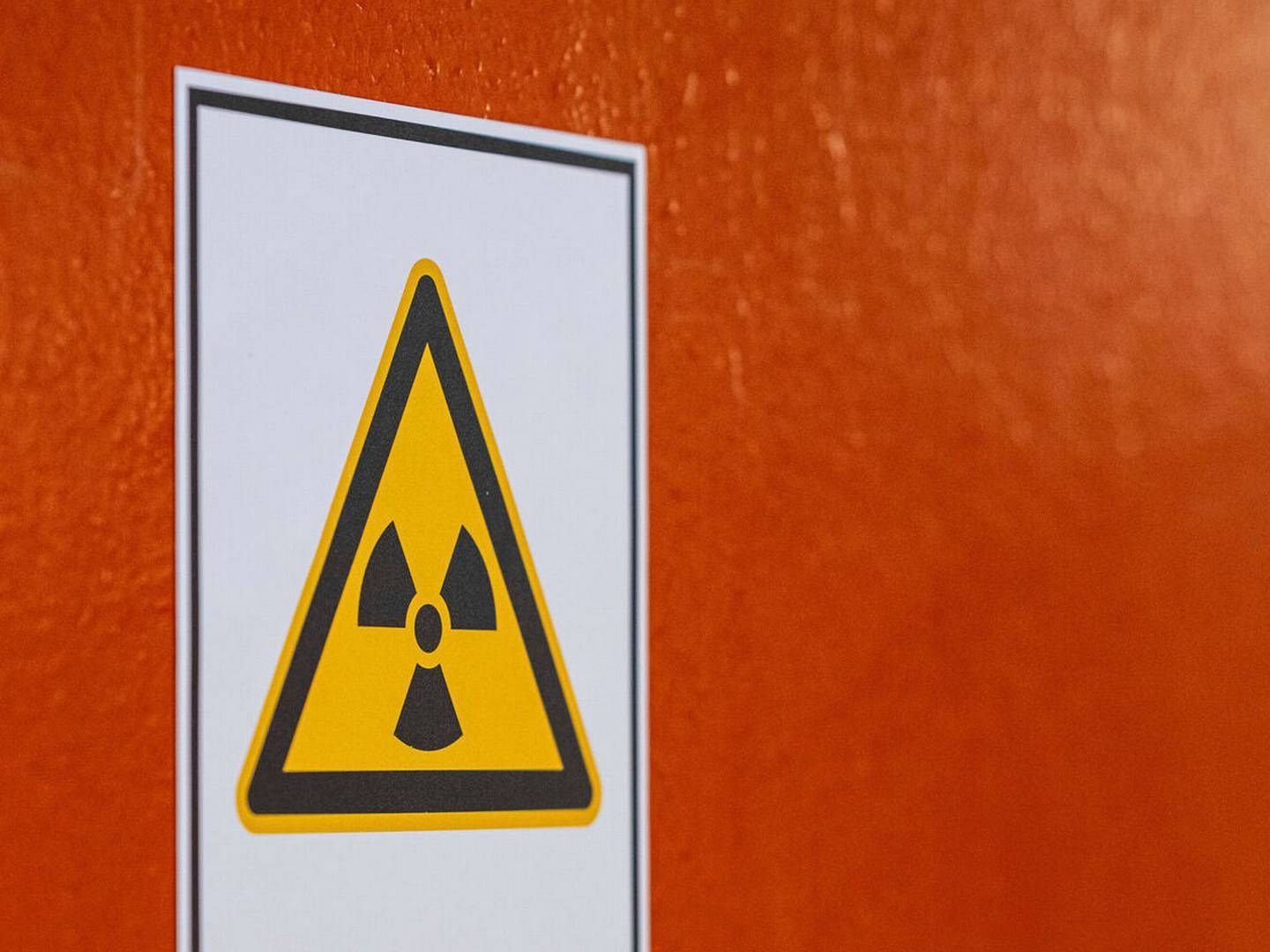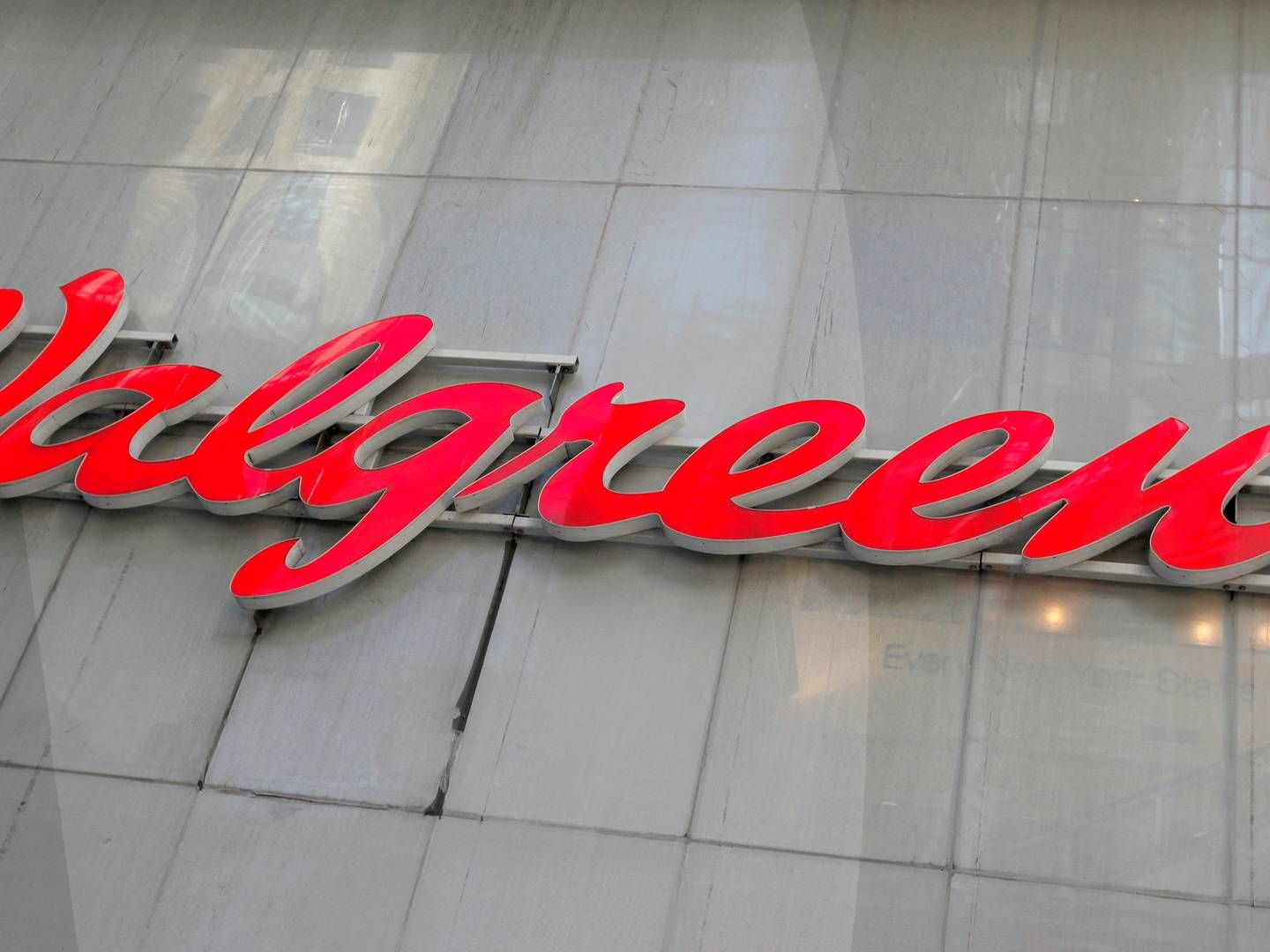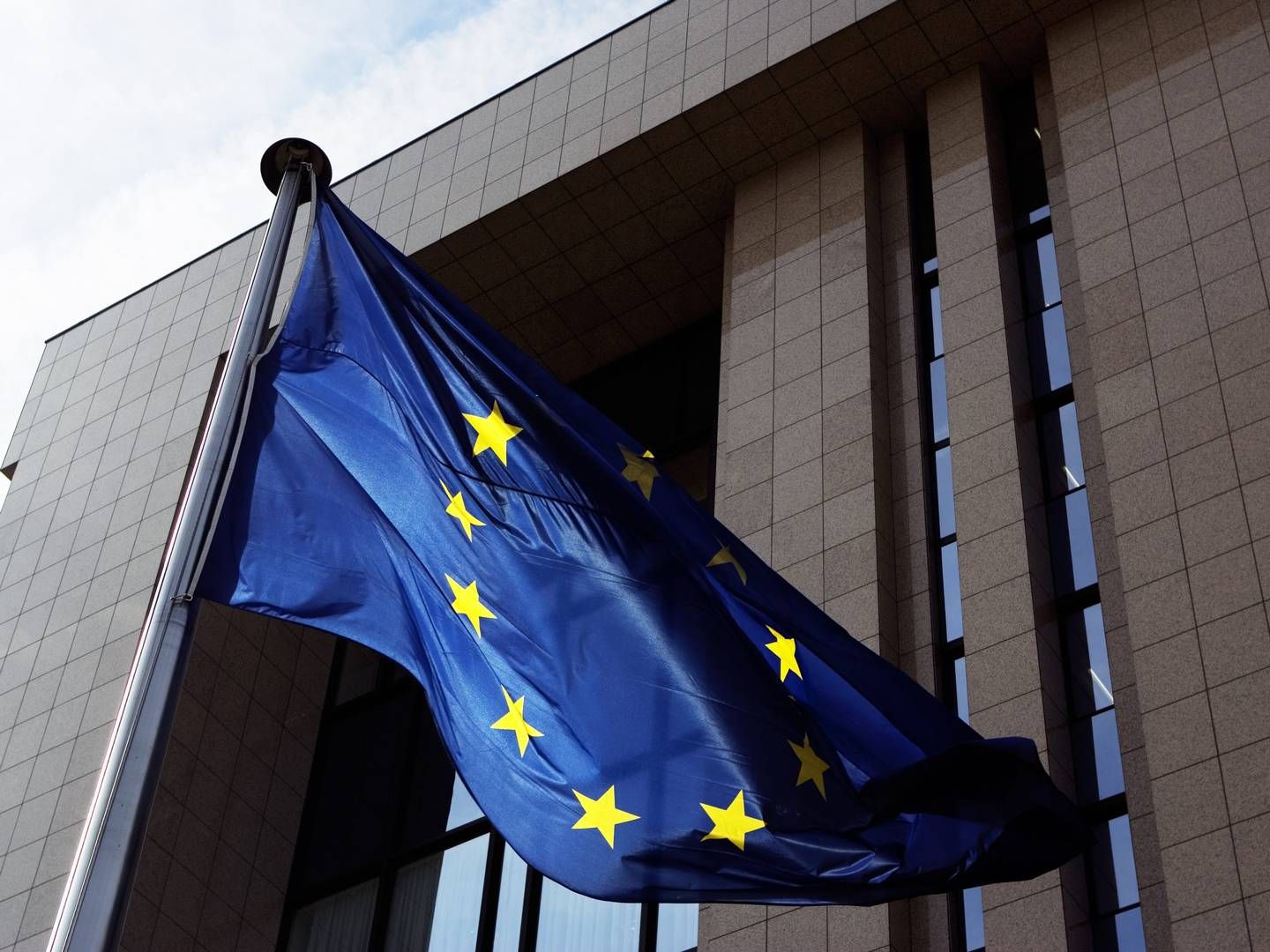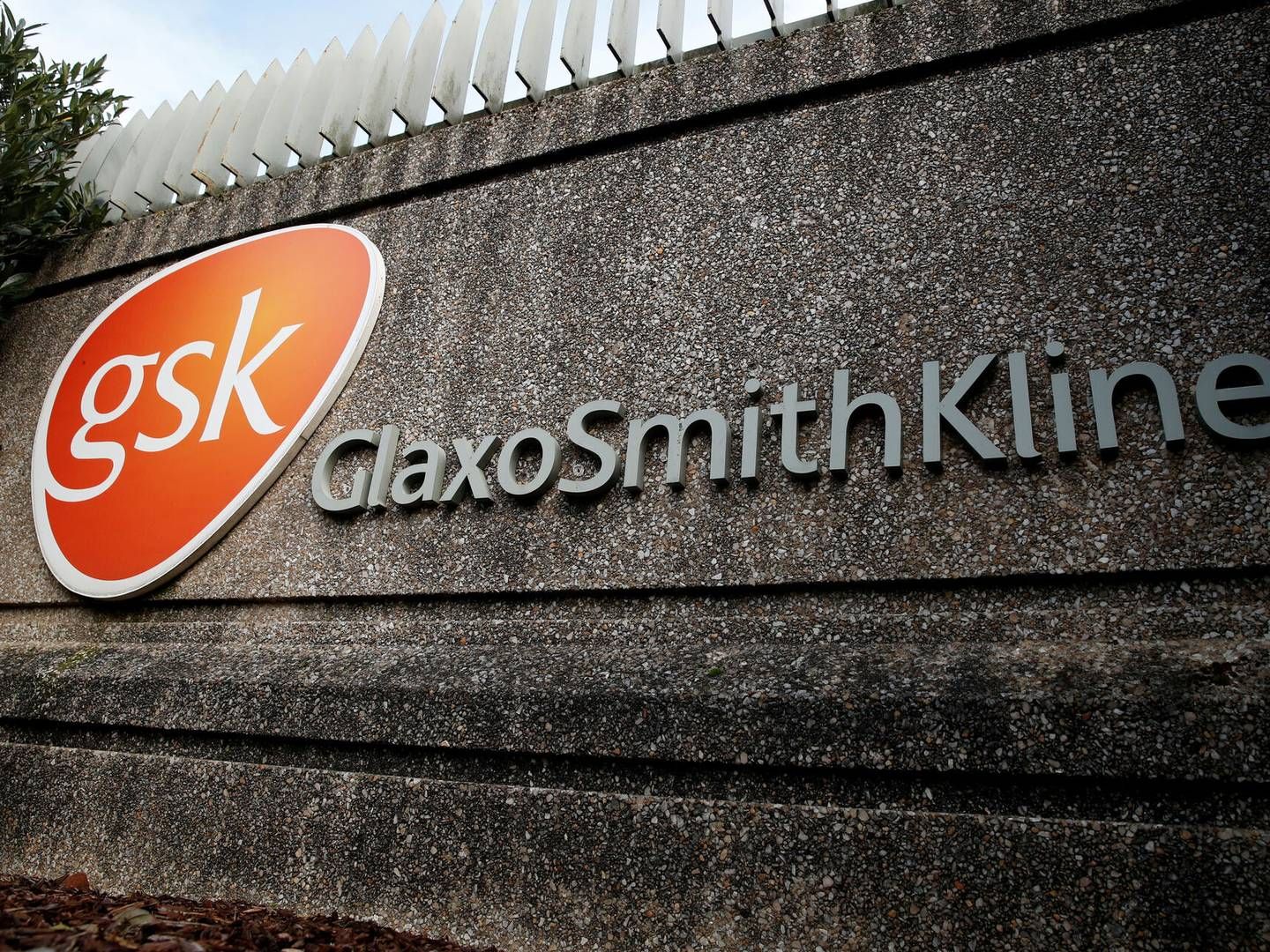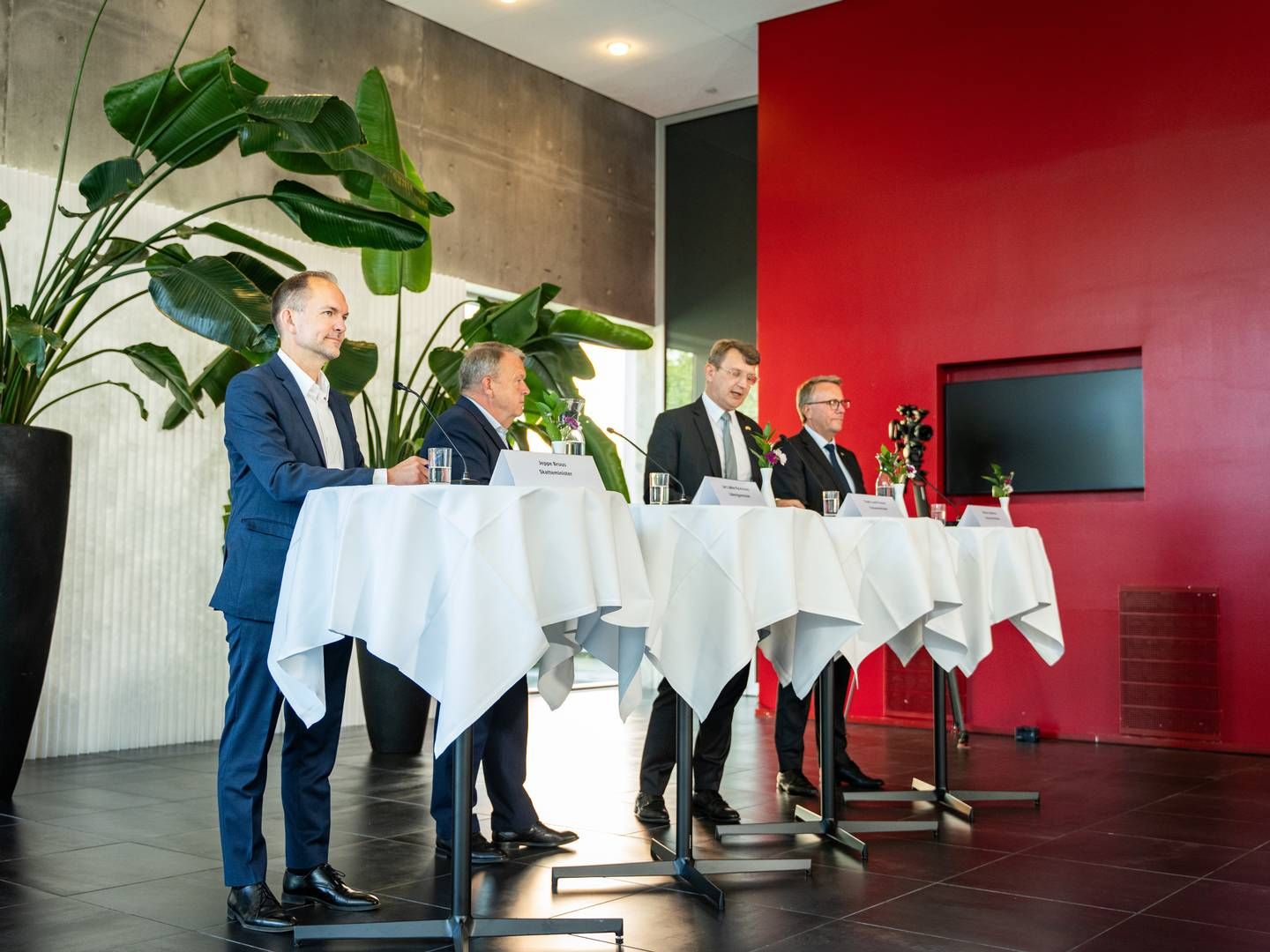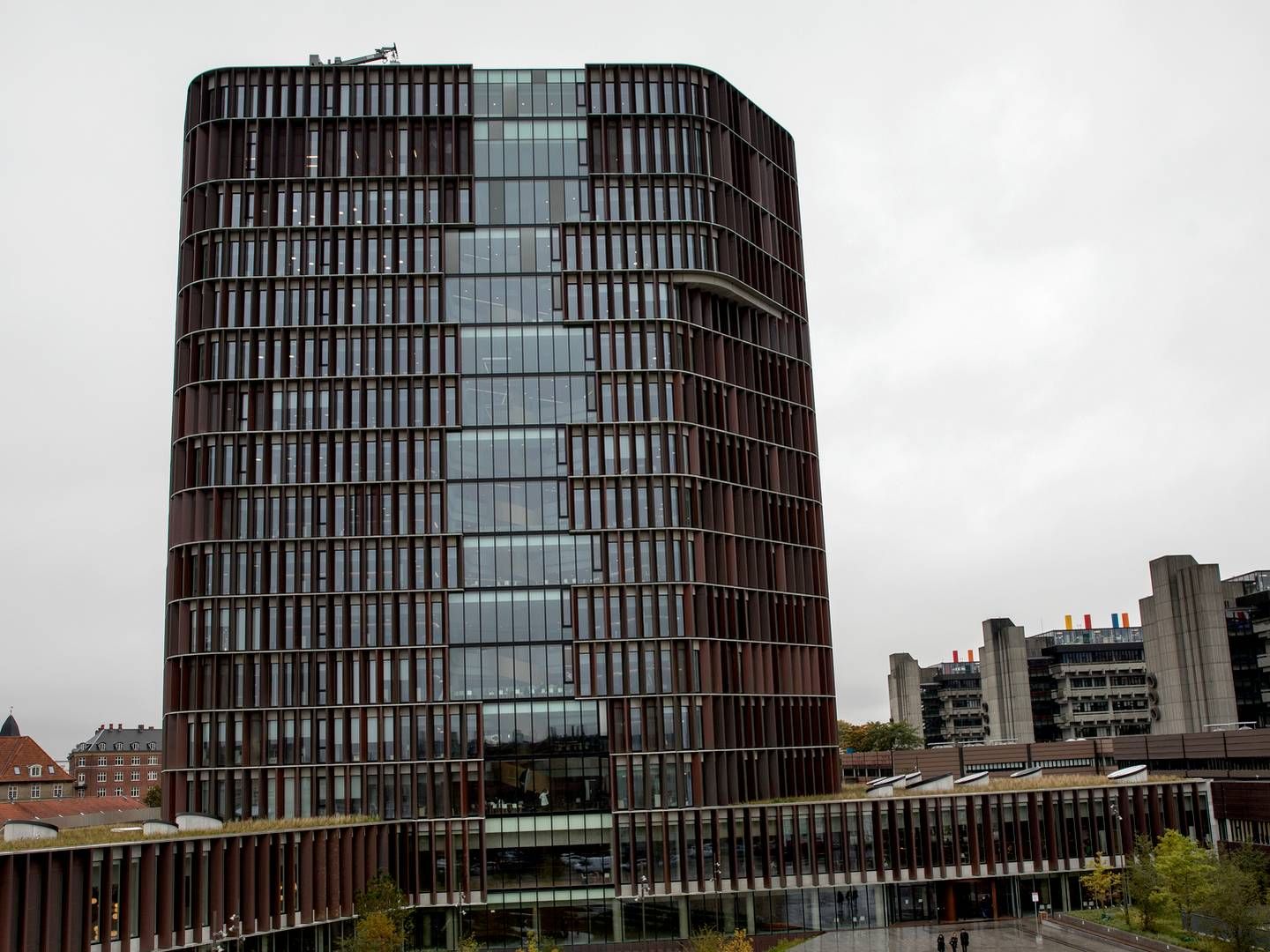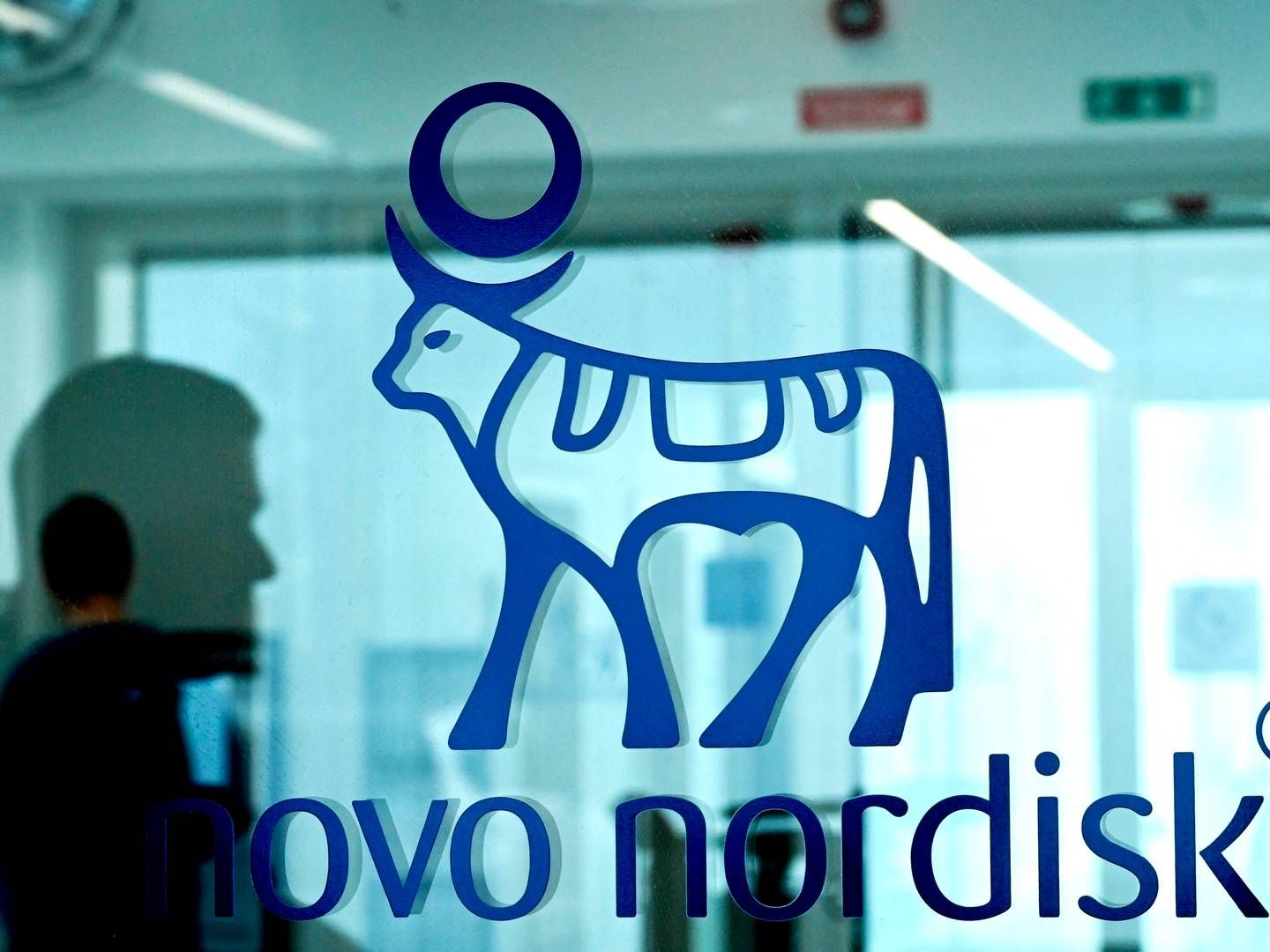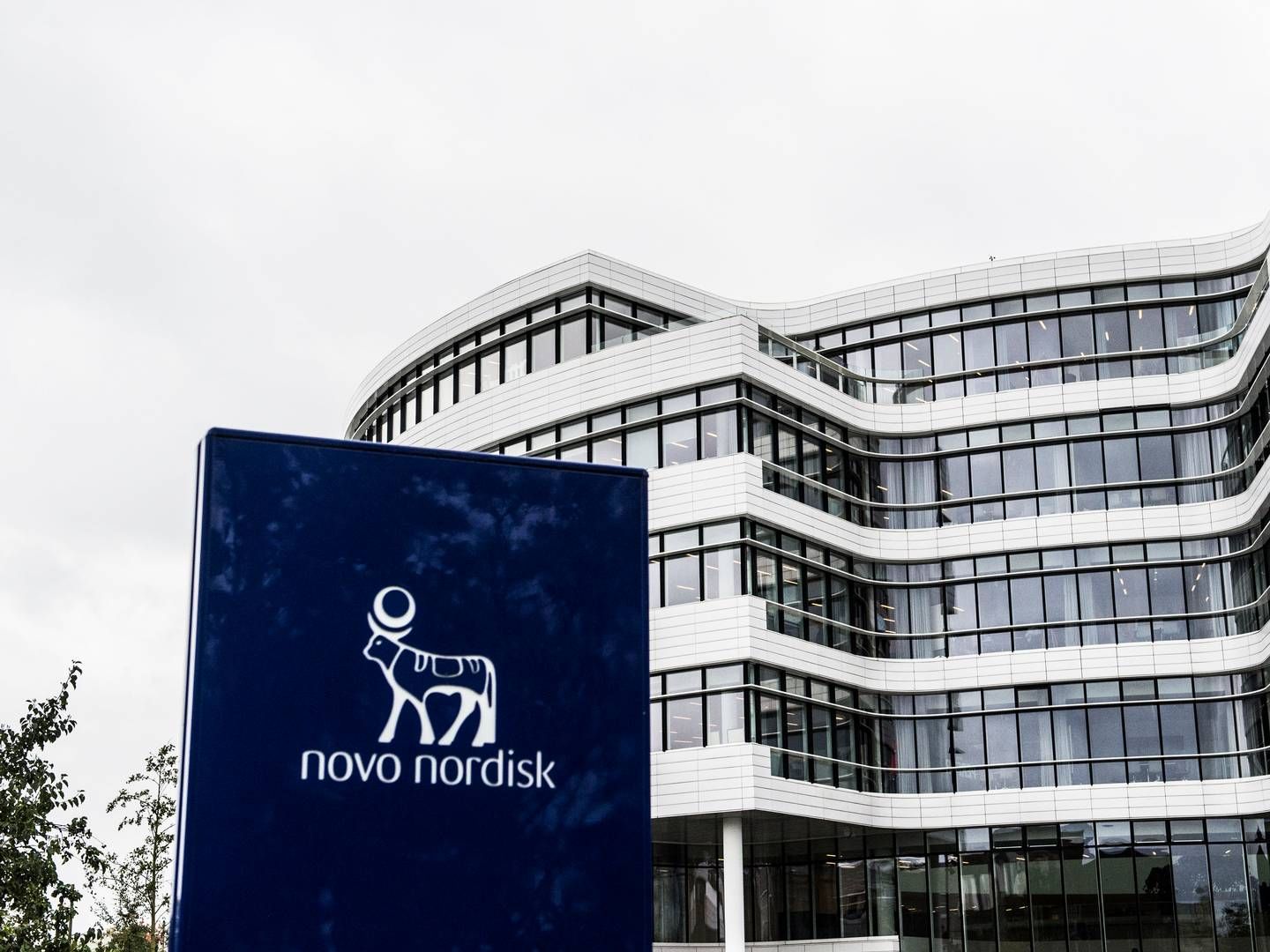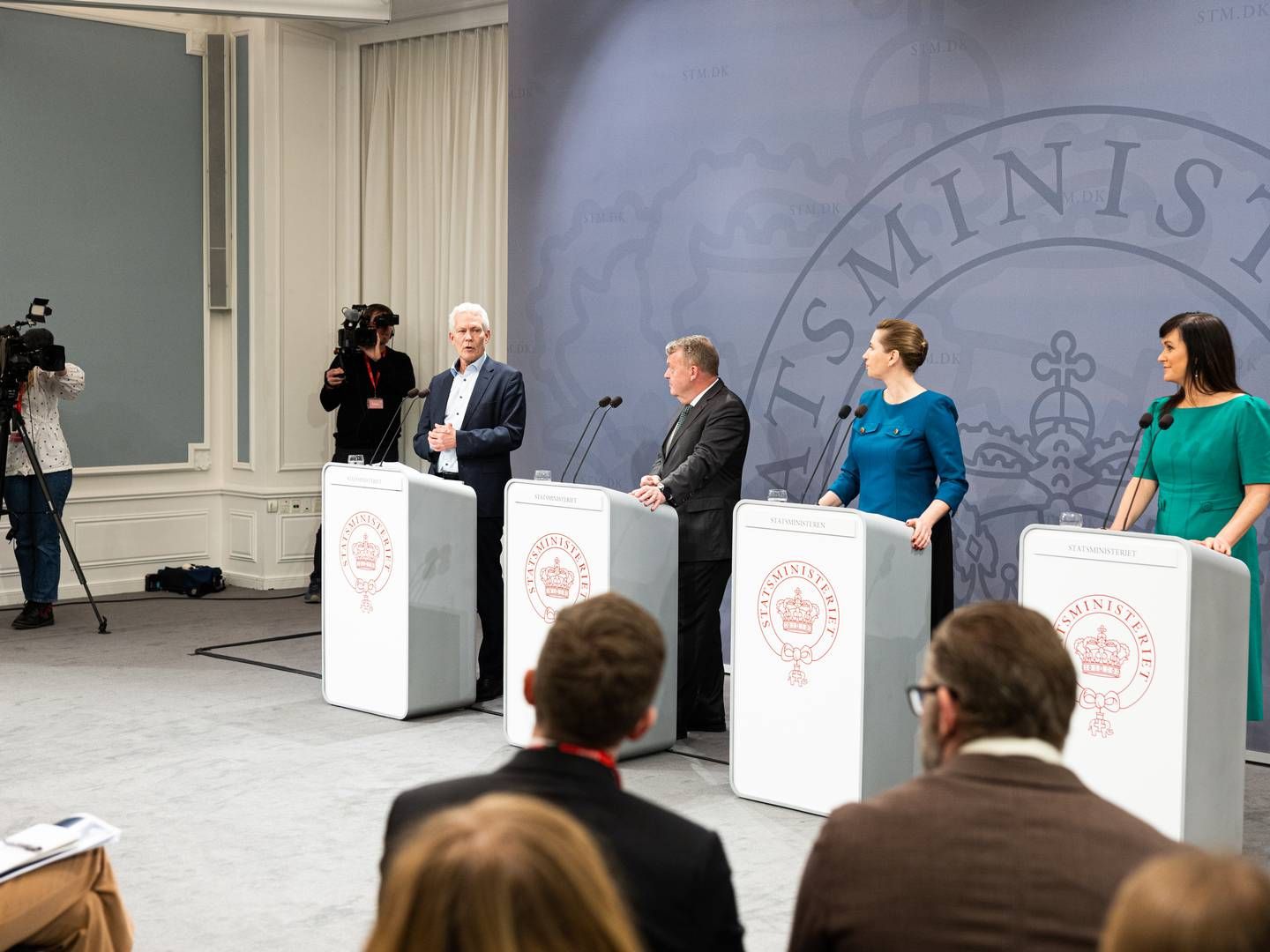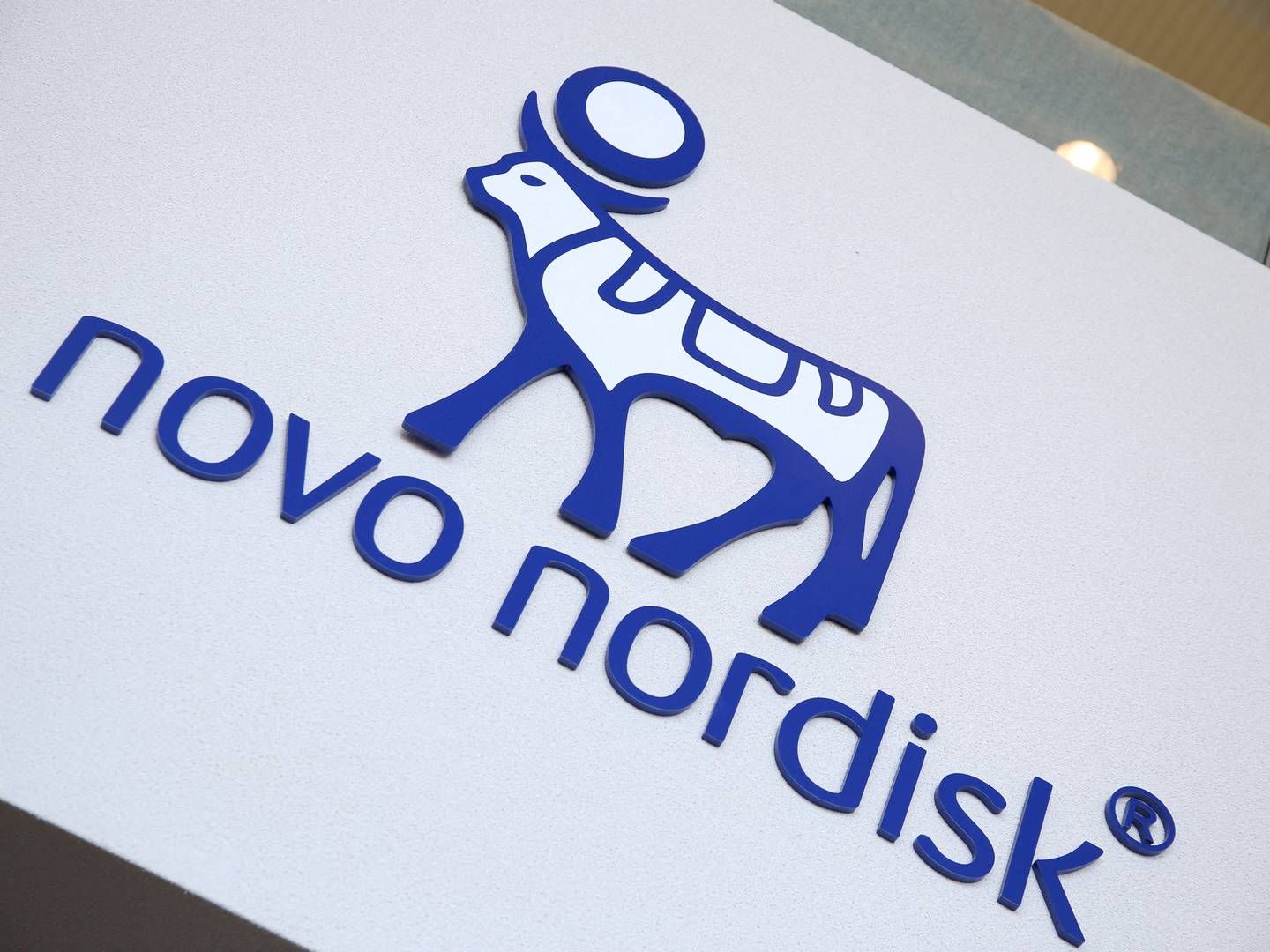Analysis: Sweden lags behind Denmark
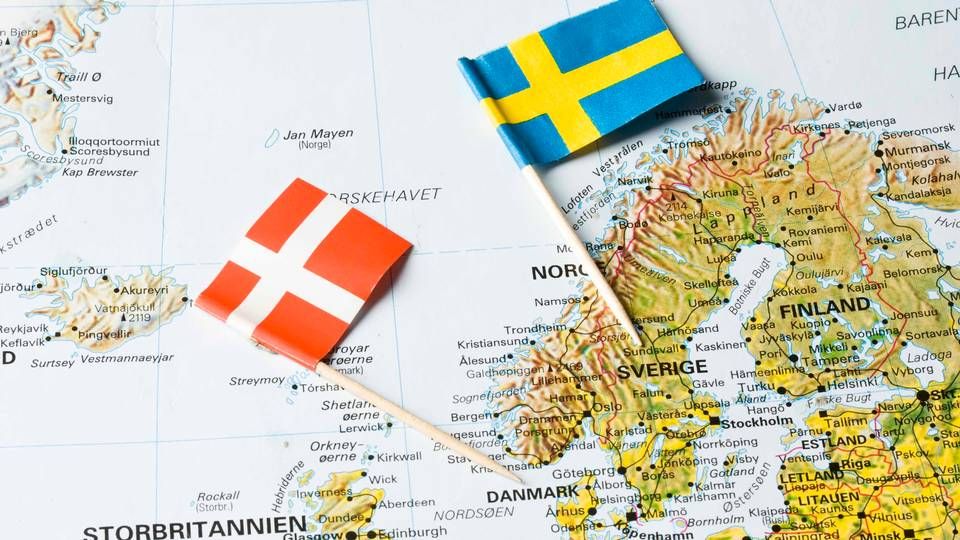
Since the turn of the millennium the Swedish pharmaceutical industry has been in a negative development, while the Danish counterpart has advanced in a positive direction.
That is the conclusion in a new analysis carried out by chief analyst, Anders Olshov, from the non-profit organization, Øresundsinstituttet.
The conclusion is based on three main parameters: development in the number of employees in the industry, the industry’s share of the country’s combined exports, and funds used on R&D by the industry.
Swedish employment dropping
From 2000 to 2012 employment in the Swedish pharma industry has dropped by 43 % - from 21,230 to 12,200 – while employment has increased by 61 % in the Danish industry in that period – from 11,560 to 18,580.
The Danish increase in employment is powered mainly by Novo Nordisk, which has upped its employee numbers by about 6,000 in Denmark.
The Swedish pharma industry’s share of the country’s total exports has moved from just shy of 5 % in 2000 to a peak of 7 % in 2009, only to drop back to 5 % in 2012.
Danish export share rising
In the same period, the Danish pharma industry’s share of total exports have gone from 6 to 11 %.
Finally, the analysis has looked at funds used on R&D in the two countries’ pharmaceutical industries. In Sweden, R&D costs has dropped to SEK 9.8bn (USD 1.47bn) from SEK 12.6bn (USD 1.89bn) between 2001 and 2011, meanwhile the industry’s share of total R&D costs in the country has gone from 12.2 to 21.6 %. In 2011 the Danish pharmaceutical industry’s share of total R&D costs was at 19 %.
Anders Olshov points to differences in ownerships in the two industries as one of the main reasons for the Danish progress and the Swedish rout.
While the Swedish industry has been characterized by shifting ownerships and fusions – most notably between Swedish company Astra and British company Zeneca – the widespread fund-ownership structure in the Danish industry has enabled a more long-term focus.
Link to the complete analysis, in Swedish, can be found here.
- translated by Martin Havtorn Petersen


